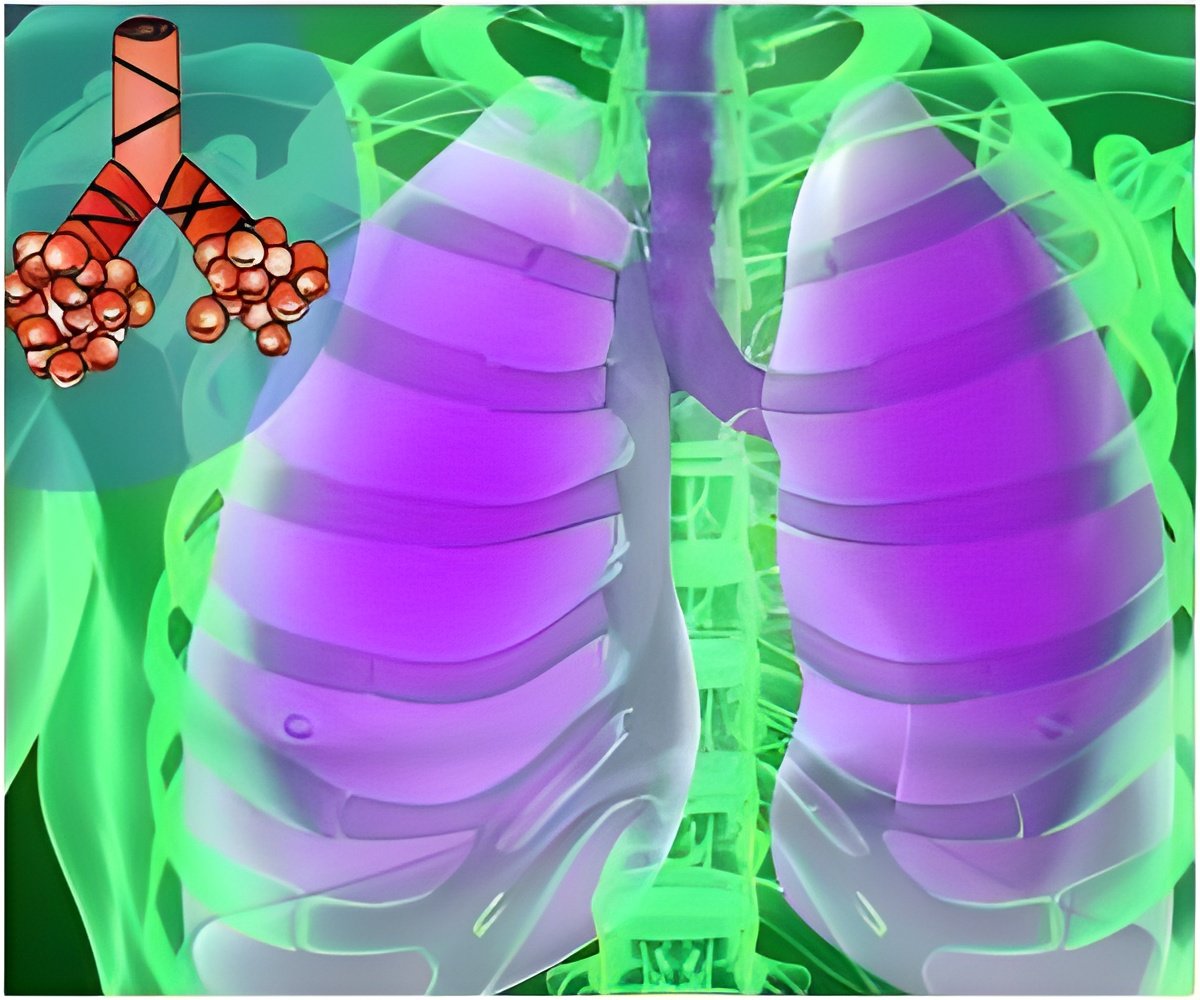
The scientists found that the immediate immune response to an infection or tumor is mounted by a relatively tiny fraction of the so-called CD8+ T cells that are capable of recognizing the associated antigen. These few rapidly expand into giant populations of short-lived T cells targeted at killing infected cells or cancer cells. Meanwhile the vast majority remain in smaller populations geared toward longevity, to help ensure that the immune system will remember the antigen when it appears again in the future.
"Up to now, it was only possible to observe groups of immune cells during the response to an infection," says Prof. Dirk Busch of the Technische Universitaet Muenchen (TUM). "We have developed technology that enables us to observe individual T cells." Together with innovative cell processing technology, the researchers brought theoretical systems biology and clinical expertise to bear on this investigation, a collaboration of TUM, the University of Heidelberg, the Helmholtz Center Munich, the German Cancer Research Center (DKFZ), and the National Center for Infection Research (DZIF).
Marking the threshold of predictability
A single T cell is theoretically capable of generating an adaptive immune response by developing into diverse and expanding populations, fighting the acute infection as well as providing lasting memory for the future. But a fundamental question – whether an effective response is predetermined on the level of an individual T cell or emerges from the commingled fates of multiple cells – had never been put to the test. Another unresolved question concerned the order in which populations of short-lived killer cells and long-lived memory cells develop.
Advertisement









